OLight i3 EOS

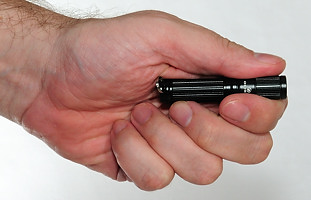
OLight is manufacturing many different flashlight and does also own another flashlight manufacturers called ITP. Olight has decided to move the ITP lights to the Olight brand. The ITP A3 EOS Upgrade light (That has also been sold as the Olight mini AAA) has been redesigned and is now called i3 EOS. In this review I am taking a closer look on the i3. The light has 3 brightness settings: tighten the head to turn the light on in low, loosing and tigthen the head will move to medium, then high. The light is made of aluminum with hard-anodized (Type 3) finish.
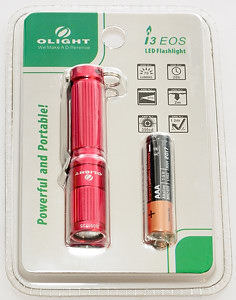

The light is delivered in a sealed clamshell package.
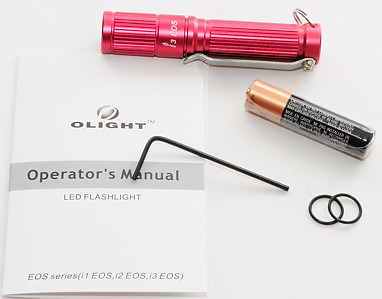
The package contains the light, a alkaline battery, two o-rings, hex key and the manaul.
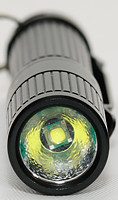
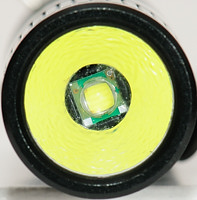

The light has a OP (Orange Peel) reflector with the XP-G led at the bottom.
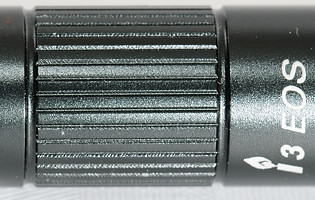
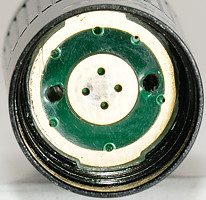
The head has some groves to improve the grip when turing on/off and selecting level. The backside of the head is the classical design with a ring and a center, the excact same design and circuit board was used on the A3 and on a couple of other AAA lights.
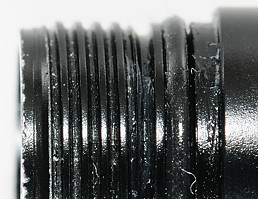
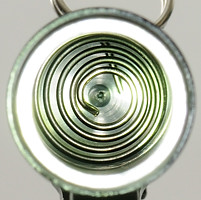
The body has well working threads and a o-ring, the battery tube has the usual spring at the bottom.
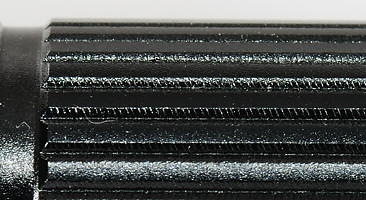
The body has the same type groves as the head.

The light has a removable clip that can be removed with the supplied hex key.
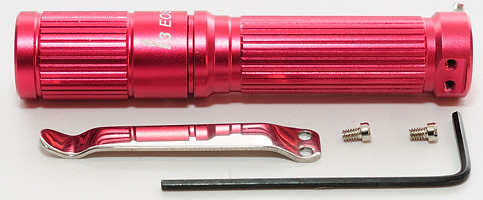
The light without clip, the holes for the screws does not have any connection to the battery tube.
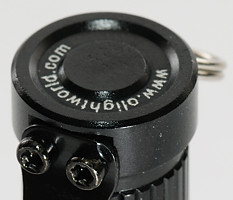
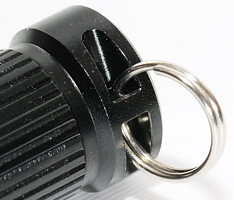
The flat tail means that the light can tailstand. On the A3 there was a post for a split ring on the tail, here it is moved to the side of the light, but it is not a very practical solution. The split ring will always stand out to the side.

Here is all the part the light can be disassembled in without tools.
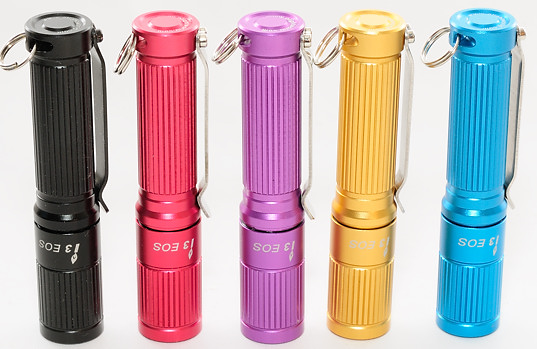
The light exist in black and four colors. According the the package there is also supposed to be a natural.
The upgrade of the A3 has some good points and some bad points. On the plus side is the clip, I do expect the new design to be stronger than the old clip. But as a keychain light it is not an upgrade, the eye for the split ring is probably stronger, but I want the split ring behind the light, not sticking out the side of the light. Maximum brightness is less than expected, it probably has something to do with controlling the temperature of the light.
A good light, but a sligt design change to the tail is needed to make it as versatile as the old A3.
Technical specification and measurements

This light is designed for 1.5 volt AAA batteries (Alkaline, NiMH, Lithium).
Measured size and weight:
Length: 71.2 mm
Diameter: 12.5 mm to 14 mm
Weight: 25.2 gram with eneloop
The light uses a Cree XP-G R5 led.

In the above table I have collected all modes, measured at 1.2 volt. All the estimated runtimes are with 800 mAh eneloop batteries. The estimated lumen is scale from the specified maximum. The brightness is a relative measurement from a lux meter.
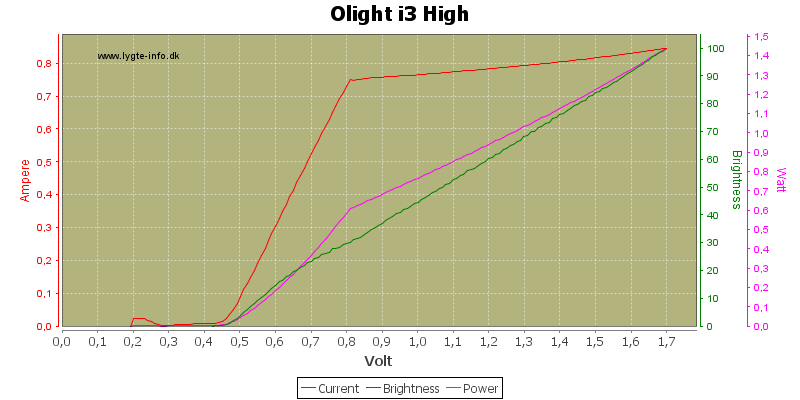
The light does not stabilize brightness, instead the brightness is directly proportional to the battery voltage. This keeps a more moderate current draw on the batteries and with alkaline avoids the fast brightness drop when the battery is empty.
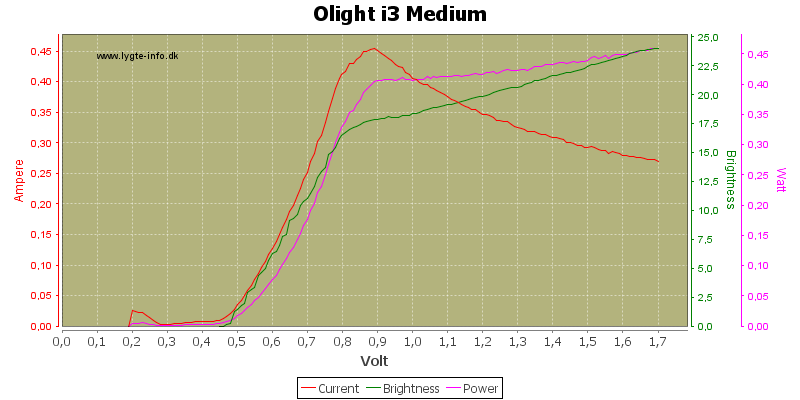
Brightness on medium is also proportional to battery voltage.
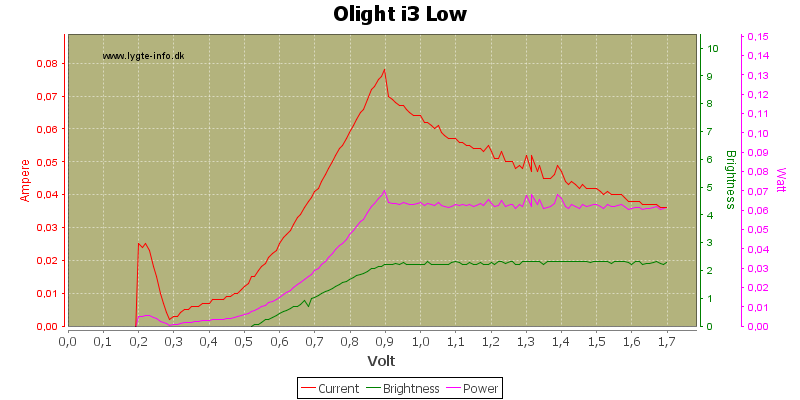
When the low brightness is selected the light is stabilized.
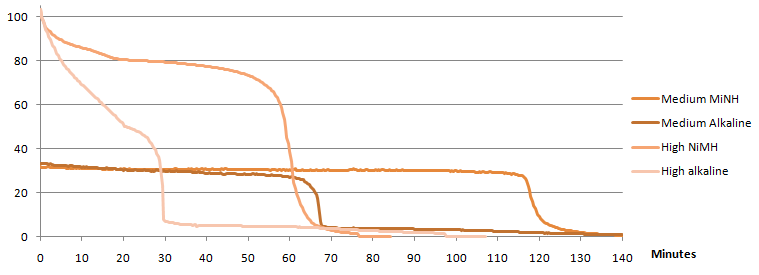
On the runtime curve the lack of stabilization is obvious on high, but not very visible on medium. These small AAA lights do not work well on high with alkaline.
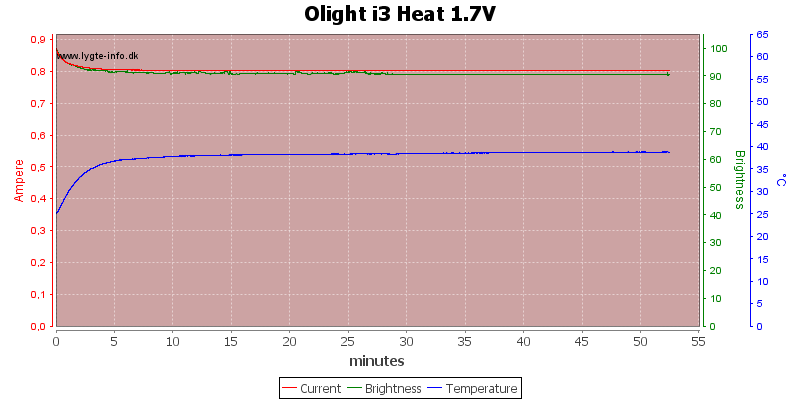
I did a temperature test to see how well the light handles the heat from the led. The above curve was done at 1.7 volt, lower voltages looks the same but the final temperatur will be a few degrees coolor. When power is turned on the temperature rises fast, but only for a short time, then the current drops and the temperature stabilizes.
Note: My test does not simulate actual usage conditions, but are done on a test bench with only the head of the light and no cooling airflow, i.e. the light will get hotter than during normal use.
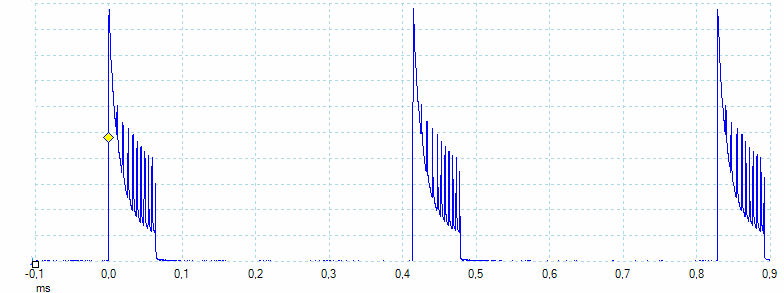
The light uses pwm for regulation of brightness, the frequency is about 2.4 kHz, i.e. not visible. When the boost regulator is turned on for each pulse, it starts with a spike and then stabilizes at a lower level.

On low the pwm is just the spike from turnon.

On high the boost regulator has a steady output on the the "regulated" level.

A closer look on the noise shows the actual boost regulator frequency, in this case it is about 190 kHz.
Comparison to other Flashlights
Olight i3, ITP A3 EOS Upgrade, Illuminati Ti:
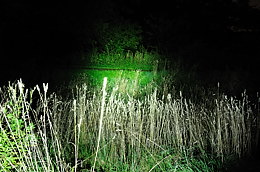

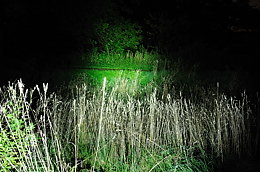
Illuminati Al, Fenix LD01, 4Sevens Preon ReVO:


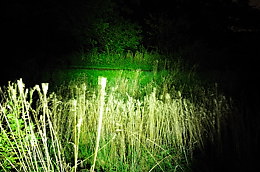
For the full comparison to other lights with graphs and beamshots see here.
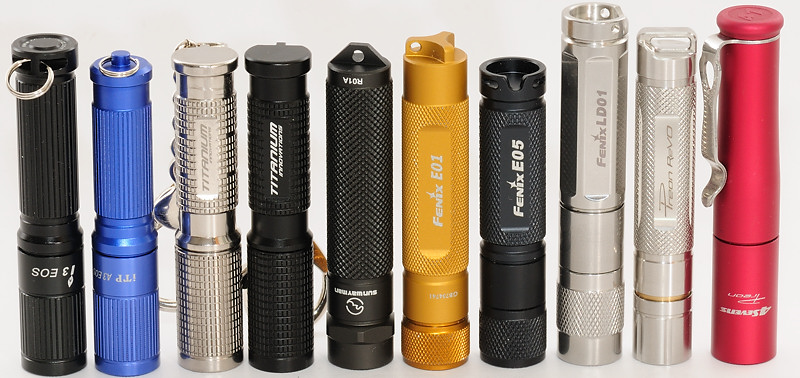
Notes
The black light was supplied by 4Sevens for review, I have later bought the other.




































